This topic takes on average 55 minutes to read.
There are a number of interactive features in this resource:
 Chemistry
Chemistry
Just imagine...
This technology exists - it is the polymerase chain reaction.
Like all brilliant ideas, the polymerase chain reaction is incredibly simple yet extremely clever at the same time. This resource provides details of the reaction and its uses.
DNA is the molecule which carries all our inherited information. It has a double helix structure, and is made up of four nucleotide bases – adenine, thymine, cytosine and guanine - joined together in pairs. Since the structure and importance of DNA was first recognised over sixty years ago the molecule has been studied by thousands of scientists. One development which has made it much easier for everyone working in the field is the polymerase chain reaction (PCR).
PCR has revolutionised molecular biology and DNA technology. Invented by Kary B Mullis, it enables the production of large quantities of DNA from very small samples in a remarkably short time. This in turn makes it possible for us to analyse tiny samples of DNA and unravel the mysteries of individual genes.
Every time a cell in the body reproduces itself, the DNA in the nucleus is copied. The double helix of the DNA ‘unzips’, and the enzyme DNA polymerase makes a copy using the separated strands as templates. For the process to work there must be plenty of nucleotide bases, the small primer sequences which are needed to get the copying process started and the enzyme DNA polymerase.
In 1983 Kary Mullis came up with the idea of using enzymes from a bacterium which lives in the hot springs in Yellowstone National Park to develop a technique for replicating DNA artificially in the lab. His idea worked, and he won a Nobel prize in 1993.
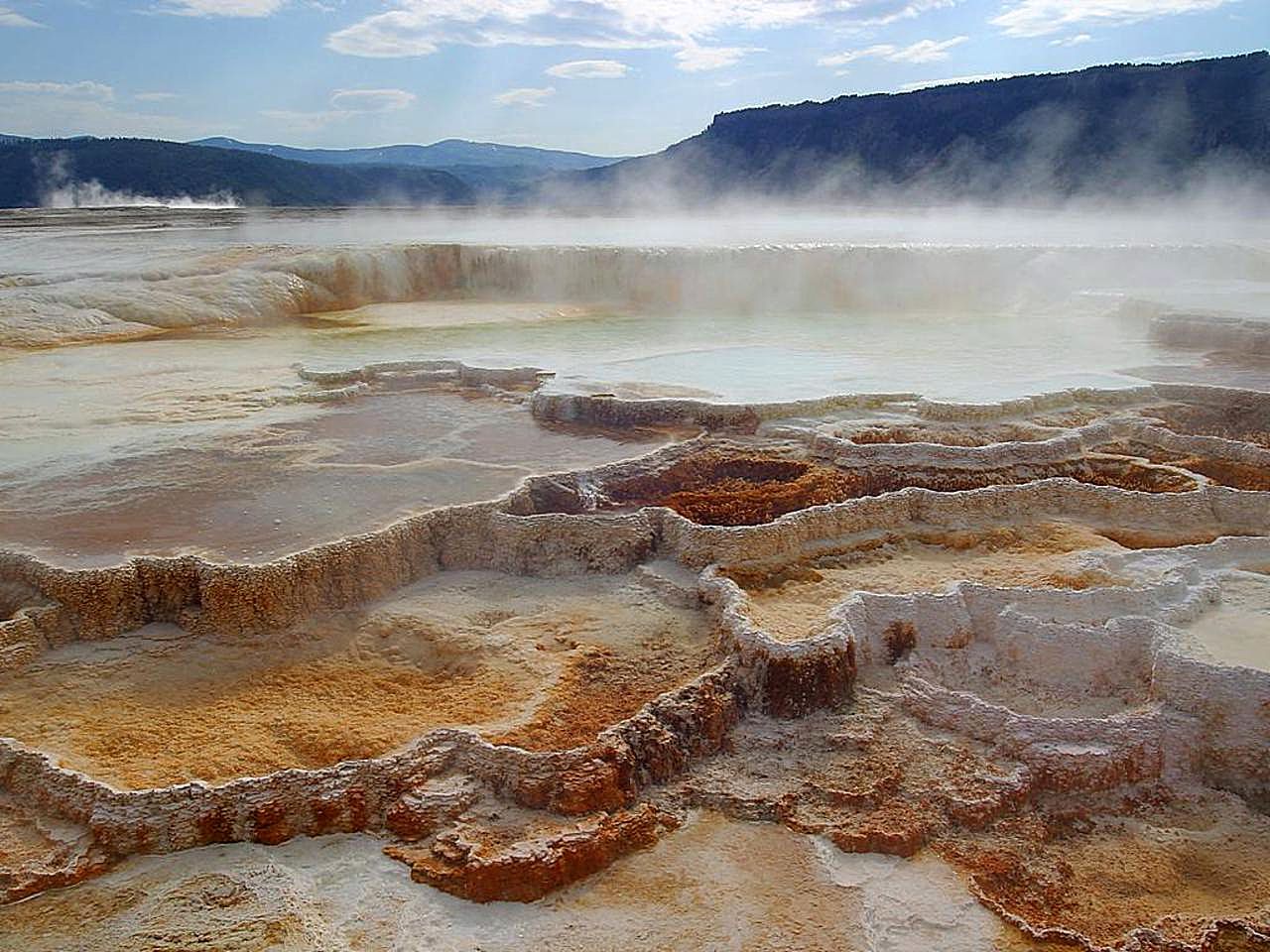
The polymerase chain reaction depends on the fact that the different stages of DNA replication, using enzymes from Thermus aquaticus, take place at different temperatures. So by mixing all the ingredients together at the beginning and then changing the temperature of the mixture in the PCR machine a tiny amount of DNA can be amplified to produce millions of identical molecules.
Stage 1:The reactants are mixed together in a PCR vial. The mixture contains the DNA which is to be amplified, the enzyme DNA polymerase, small primer sequences of DNA and a good supply of the four nucleotide bases A,T,C and G. The vial is placed in a PCR machine.
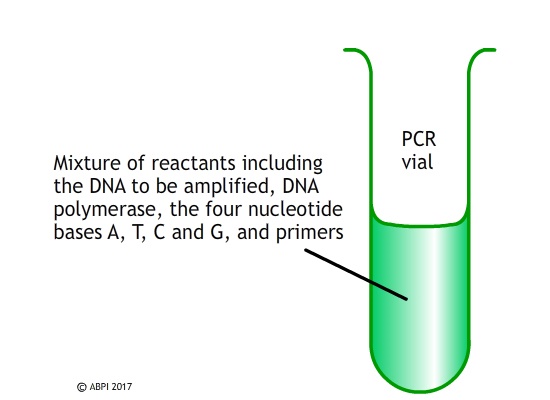
Stage 2: The reaction mixture is heated to 90-95oC for about thirty seconds. At this temperature the DNA strands separate as the hydrogen bonds holding them together break down.
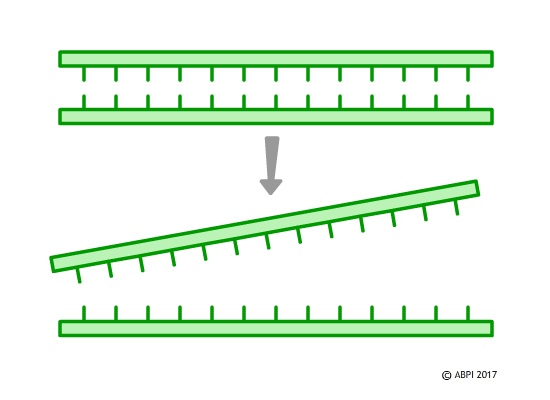
Stage 3: The mixture is cooled down to 50-60oC. At this temperature the primers bind (or anneal) to the single DNA strands. The primers are short sequences of nucleotide bases which must join to the beginning of the separated DNA strands for the full copying process to start.
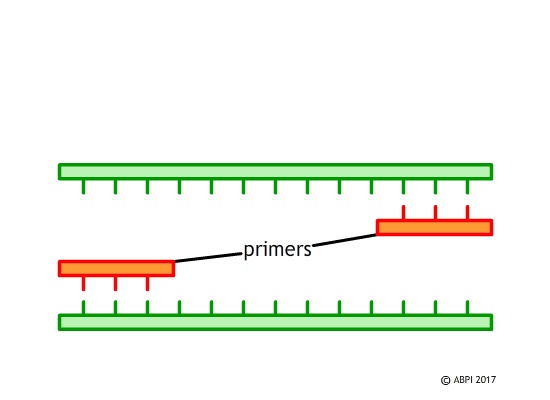
Stage 4: In the final step the mixture is heated up again to 75oC for at least a minute. This is the optimum temperature for the DNA polymerase enzyme. The enzyme adds bases to the primer segments to build up complementary strands of DNA identical to the original molecule.
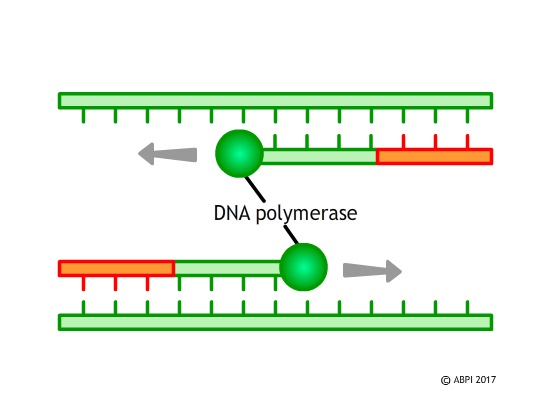
These last three steps can be repeated around thirty times to give around 1 billion copies of the original DNA. The whole process takes only about 3 hours – and much of that is the time taken heating and cooling the reaction mixture in the PCR machine.
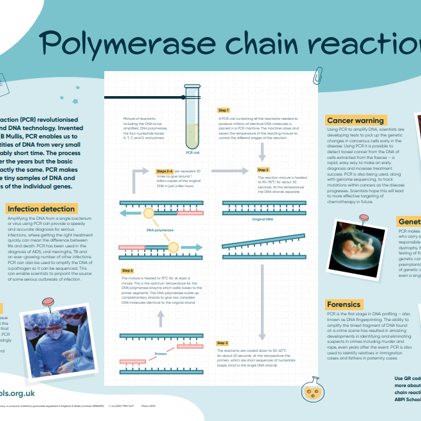
To order a free set of ABPI schools posters on the following topics:
biotechnology | cloning | genetic engineering | polymerase chain reaction | stem cells | unravelling the genome | careers in the industry | history of medicine
complete our online form.
Order your School Posters